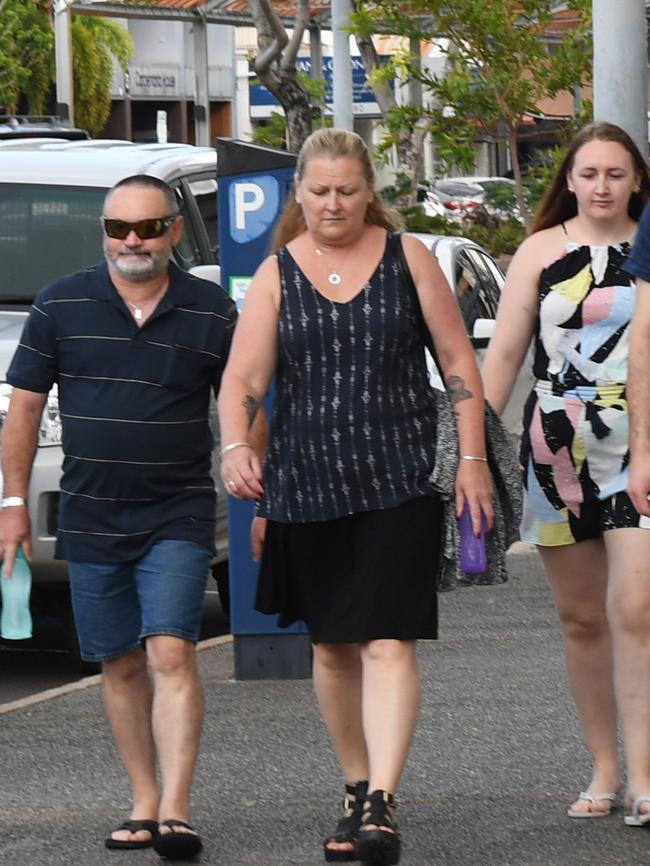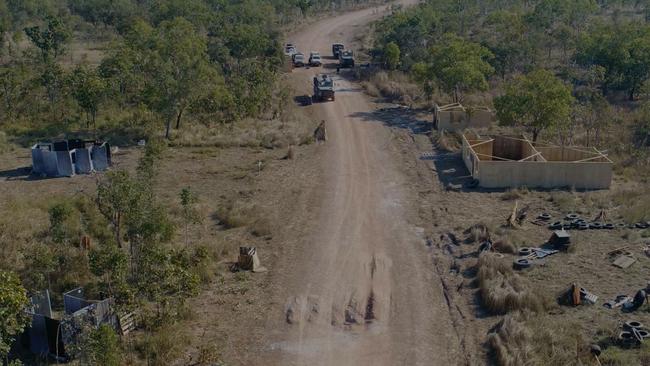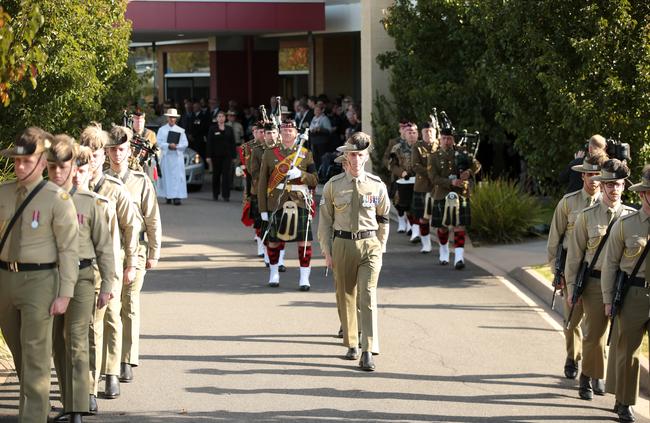Northern Territory Coroner criticises ‘shambolic’ Army training exercise which led to ‘preventable’ death of Pte Jason Challis
THE ill-fated army training exercise which saw Private Jason Challis shot in the head “was a shambles”, the Northern Territory Coroner has concluded.
Crime and Court
Don't miss out on the headlines from Crime and Court. Followed categories will be added to My News.
THE ill-fated army training exercise which saw Private Jason Challis shot in the head “was a shambles”, the Northern Territory Coroner has concluded.
Pte Challis, of Geelong, was declared dead shortly after being shot during a live fire exercise at Mount Bundey training area south of Darwin in May 2017.
In inquest findings into Pte Challis’s death handed down on Wednesday, Coroner Greg Cavanagh found the army’s legal team had wrongly tried to “downplay the characterisation of the facts” of the exercise.
“ … in my view, the evidence establishes that the exercise that led to the death of this young man was a shambles,” Mr Cavanagh said.
“The facts … make that abundantly obvious.”

Pte Challis’s platoon — all of whom were new to the army — were taking part in a live fire exercise which involved approaching a mock village when he strayed onto the wrong side of plywood building, which should have been marked as a “no go area”.
Other soldiers, on the other side of the building, shot at a “drop head” target inside the building, and bullet fragments travelled through the plywood walls, hitting Pte Challis in the knee and head.

The November inquest into his death heard that instead of conducting mandatory rehearsals of the drill with, Pte Challis’s platoon had been sent to dig holes on the other side of the range.
Mr Cavanagh said the army’s “characterisation of the issues” surrounding Pte Challis’s death were “perplexing” and reflected the army’s “failure or refusal to appreciate” strict live fire training doctrines.
“The major issue was that Pte Challis was not given the benefit of even dry fire rehearsal,” Mr Cavanagh said.
“The failure to follow doctrine was not the failure of one or two or even a small group of individuals.

“It was not a mistake, forgetfulness or momentary inattention.
“It was a failure by the whole chain of command. It was a ‘systemic failure’ in the true sense of that phrase.
“The reasons for that failure seem either not to have been appreciated or there is an unwillingness to confront them.”
Mr Cavanagh said if Pte Challis and his platoon had been put through the mandatory walk-through of the range, followed by a dry fire rehearsal and a blank fire rehearsal, “it is unimaginable that he would have been at the back of the building in line with the concealed target.”

“His death was clearly preventable as was conceded by the Army at the outset of the inquest.”
The inquest heard that despite training doctrines developed after the death of another soldier during a live fire exercise in 2009, many in the army wrongly thought live-fire exercises should be a “test” rather than “training” and should mimic the stress and adrenaline of unrehearsed combat.
Pte Challis was 25.


